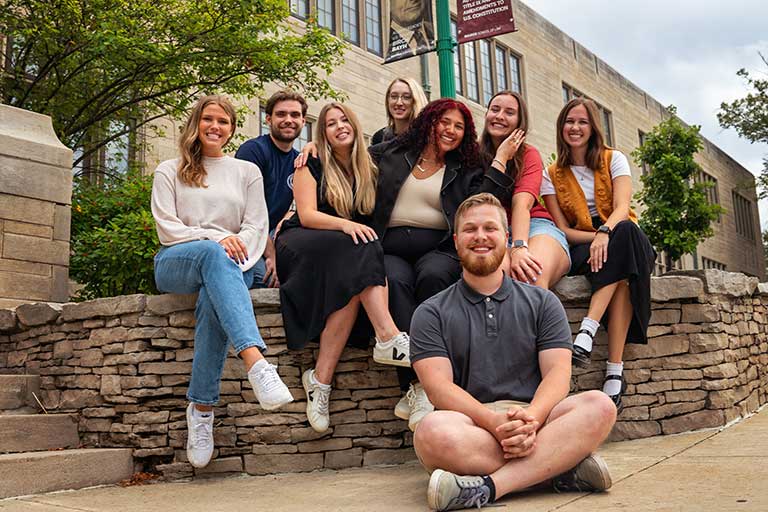During your 1L year, along with the basic doctrinal courses, you’ll take Legal Research and Writing (LRW), a four credit-hour progression spread over two semesters. This course is where you put into practice the doctrine and theory you’re learning in all your classes.
The fall semester
In the fall semester of LRW, you'll play the role of a junior attorney at the front end of a client representation, working with realistic client documents to identify legal issues and research the law. But since legal analysis involves much more than merely looking up the law, you’ll also learn how to use existing law to predict the outcome in novel situations, and you’ll learn to communicate your analysis in a typical law-office format. That format, the predictive legal memorandum, is one that you’ll almost certainly be expected to use in your first internship.
The spring semester
In the spring semester, you’ll take the third and fourth credits of LRW. This half of the course builds on the skills you learned in the first semester but adds layers for written and oral persuasion.
As in the fall, you’ll work with realistic documents and client files and play the role of a junior attorney researching and writing about your clients’ problems. This time, however, you’ll be dropped into your cases after litigation has begun. So rather than predicting how a court might rule, as you did in the fall, you’ll be advocating to a court for a particular result for your client.
The settings for the spring client files are federal or state trial courts. Over the semester, you’ll write two briefs in support of motions in two different cases. You’ll also argue one of your motions orally at a mock motion hearing. (A “motion” is a request to a court, and a “brief” is the written argument.)
The spring-semester course, like the fall semester's, dovetails with the expectations of many summer internships and legal jobs, which often involve researching and writing trial-court motions and briefs. And the spring semester gives you a strong foundation for the Law School’s Sherman Minton Moot Court Competition and for a spot on one of the Law School's prestigious law journals. During the summer after the 1L year, the journals run a write-on competition to select new members. (About 40% of students participate in a journal.) Then in the fall of your 2L year, you’ll have the option to participate in moot court, a competition in appellate advocacy. (More than two-thirds of the class does so.)
LRW meets twice a week in small class sections—roughly 20-25 students in each. You’ll stay with the same group and the same professor for both semesters, so your professor will get to know you really well.


